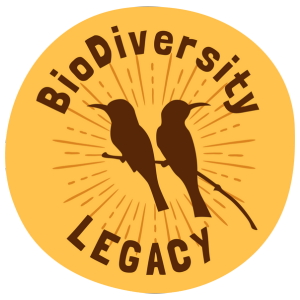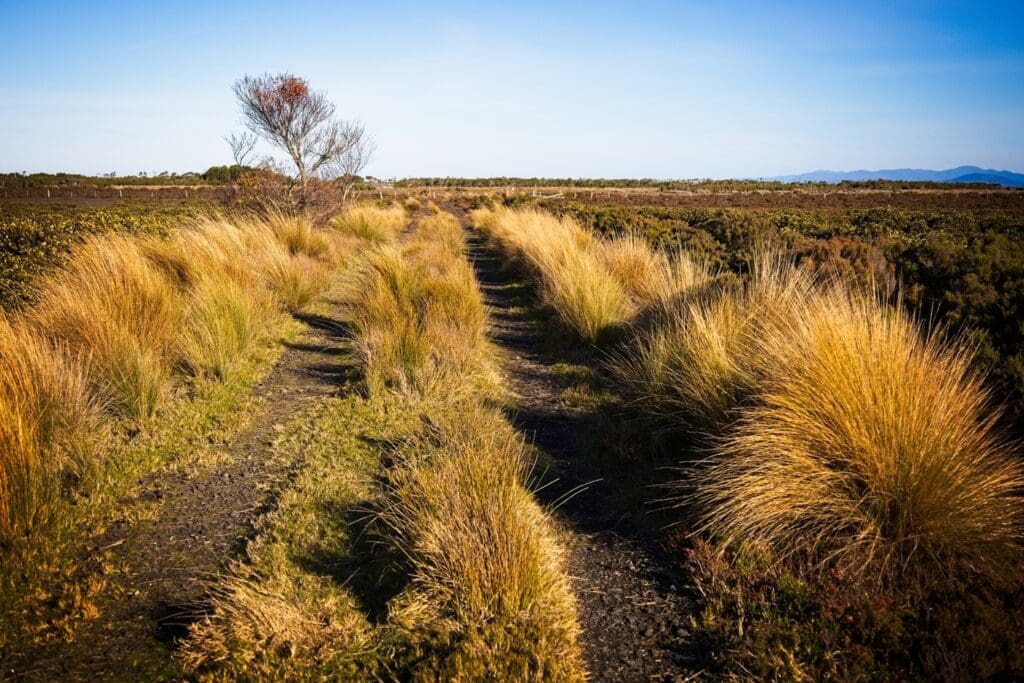
BioDiversity Legacy’s bold vision for protecting vulnerable ecosystems at scale is being realised in South Gippsland, where Nooramunga Land & Sea (NL&S) has acquired its second saltmarsh island.
A safe haven for migratory birds, small mammals and lizards and vulnerable saltmarsh plant communities
Bullock Island joins neighbouring Little Dog Island as part of a growing legacy of land protected within the iconic Corner Inlet – a Ramsar-listed wetland of international significance.
Both islands were previously zoned for farming and recreational use, placing over 132-ha (330-acres) of valuable coastal saltmarsh at risk. In fact, the 60-hectare Little Dog Island was previously developed as a golf resort, which caused significant damage.
With funding from the Upotipotpon Foundation and support from Biodiversity Legacy, the NL&S team secured the island, with the stewardship team about to conduct surveys and monitoring to see what’s on the island and undertake habitat restoration and enhancement works to protect vulnerable species and help them thrive.
Land protection and stewardship team
The NL&S team consists of leading ecologists, environmental philanthropists, carbon landscape experts and researchers with deep roots in ecological restoration and land protection. They include:
- Karl Just (Karl Just Consulting)
- Tim D’Ombrain (Biodiversity Services)
- Dr Steve Enticott (Carbon Landscapes)
- Kristin Monie (Ecological Researcher)
Jim Phillipson, Strategic Director of the Rendere Environmental Trust, also provided support for the initiative, with volunteers, local landholders, Traditional Owners, citizen scientists and community partners also invited to collaborate on efforts to protect these landscapes, which are vital for biodiversity, carbon storage and climate resilience.
A Living Mosaic
Framed by Wilson’s Promontory to the south and South Gippsland’s green hills to the north, the 72-ha Bullock Island presents a rich tapestry of native grasses, salt-tolerant shrubs, Swamp Paperbark and colourful succulents, such as Beaded and Shrubby Glassworts, Pigface, Austral Seablite and Austral Brooklime.
Like many of the sandy islands in Corner Inlet, Bullock Island’s intertidal mudflats and waters support large areas of White Mangrove and Broad-leafed Seagrass; communities of limited distribution in Victoria.
Sanctuary for rare and migratory birds
Corner Inlet is a haven for birdlife, supporting an estimated 20% of Victoria’s entire wader population. Now linked by intertidal flats, Bullock and Little Dog islands offer crucial safe habitat for several threatened species, including:
- Critically Endangered: Far Eastern Curlew, Great Knot, Curlew Sandpiper
- Endangered: Lesser Sand Plover, Red Knot
- Vulnerable: Hooded Plover, Australian Grayling, Swift Parrot
There is also quiet optimism that the islands may one day support the return of the Orange-bellied Parrot – one of Australia’s rarest birds. NL&S is working closely with BirdLife Australia and Zoos Victoria to monitor for the species’ presence and support its potential recovery.
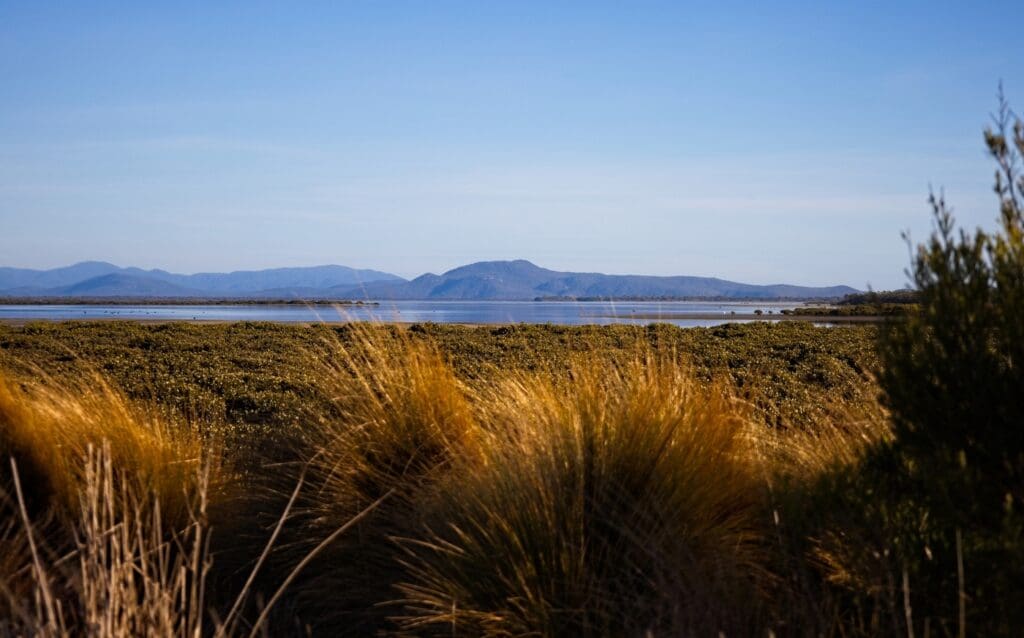
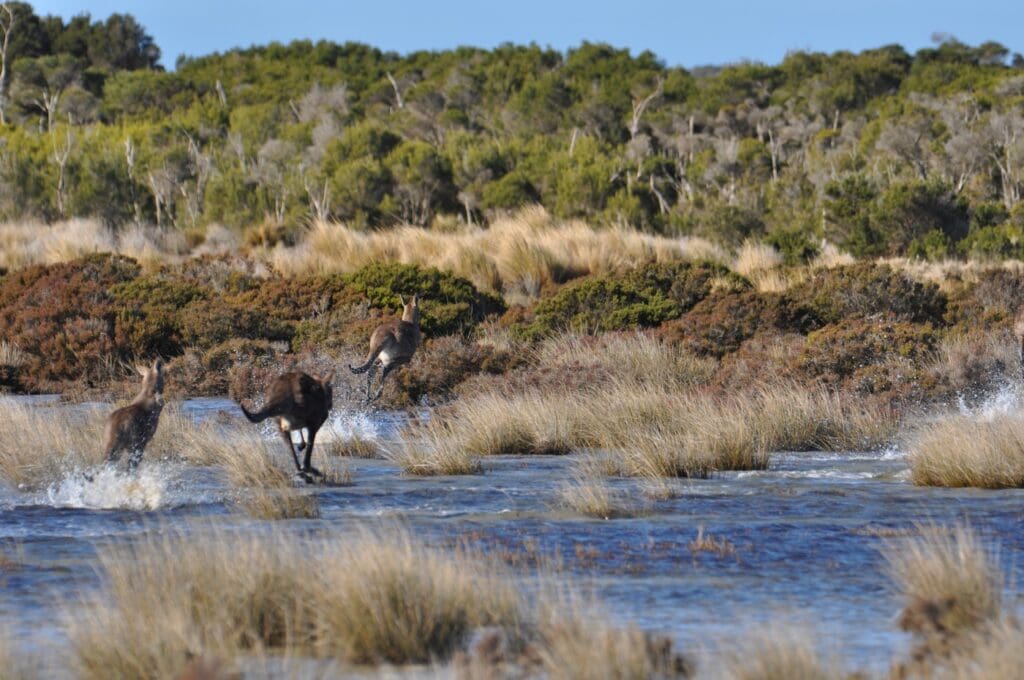
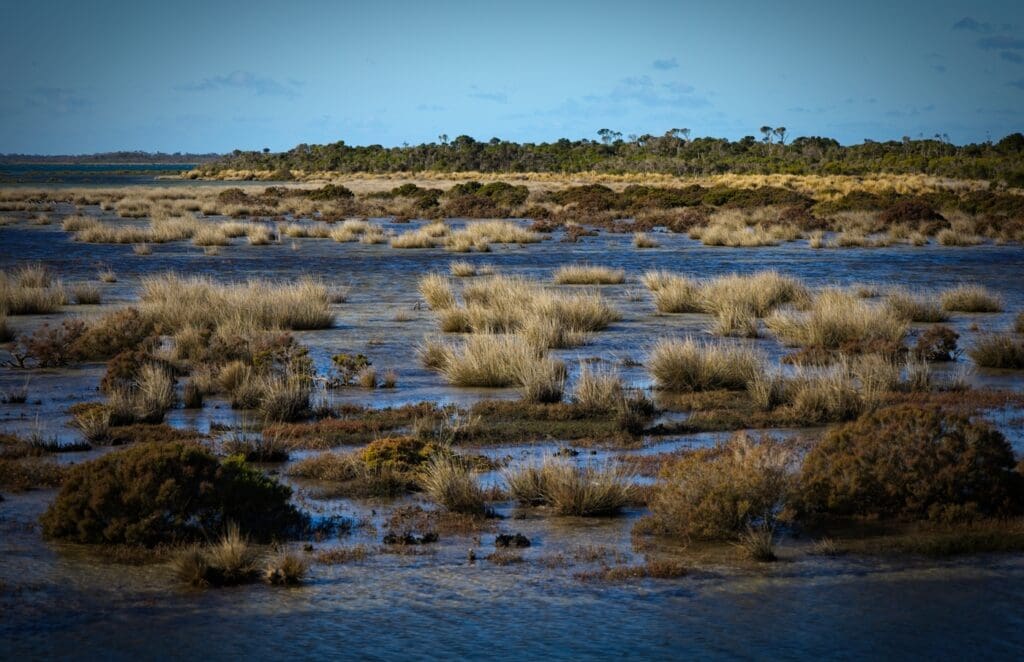
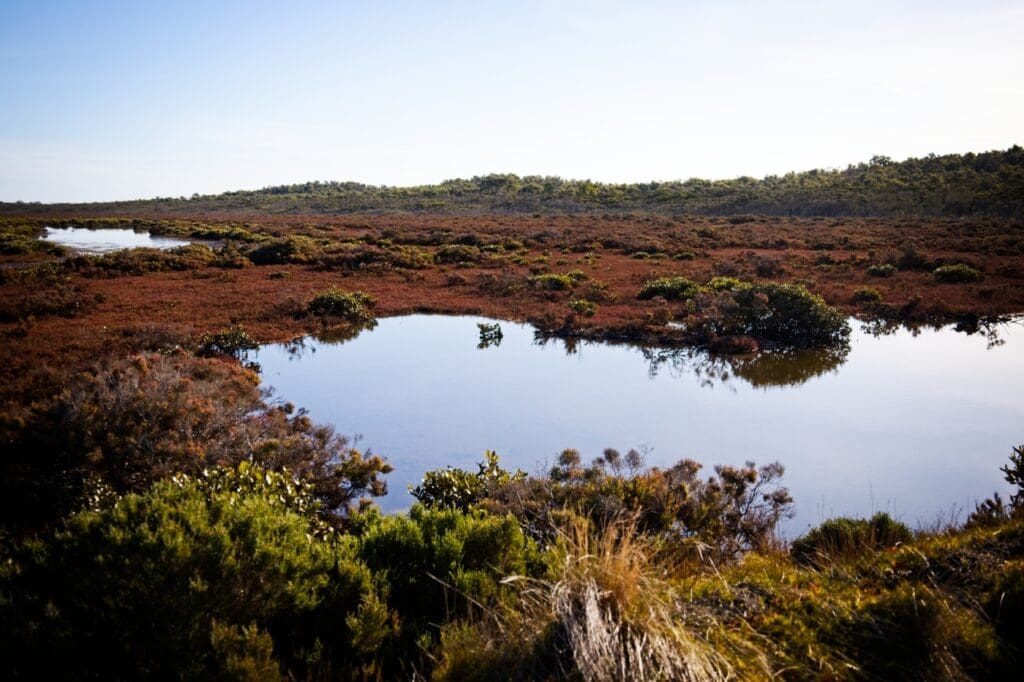
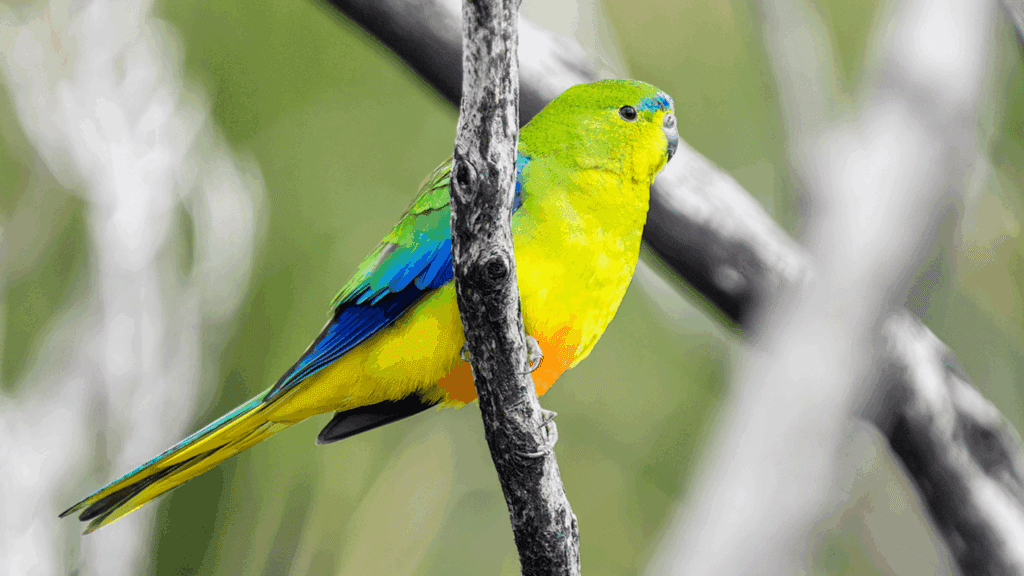
Why these islands matter to us all
The value of these saltmarsh islands extends far beyond biodiversity. As part of the blue carbon ecosystem, their dense vegetation and deep, silty soils lock away carbon 30 to 50 times faster than terrestrial forests – keeping it stored for thousands of years.
They also provide:
- storm surge protection for coastal towns
- clean water by filtering nutrients and sediment
- fish nurseries vital for local marine species and fisheries.
Protecting them means strengthening climate resilience, food systems and local economies.
A blueprint for community-led conservation
This project demonstrates what’s possible when innovative governance structures meet passion, purpose and place-based conservation.
The NL&S team anticipates further acquisitions to protect and restore connectivity between South Gippsland’s saltmarsh ecosystems as more landholders and philanthropists come on board.
